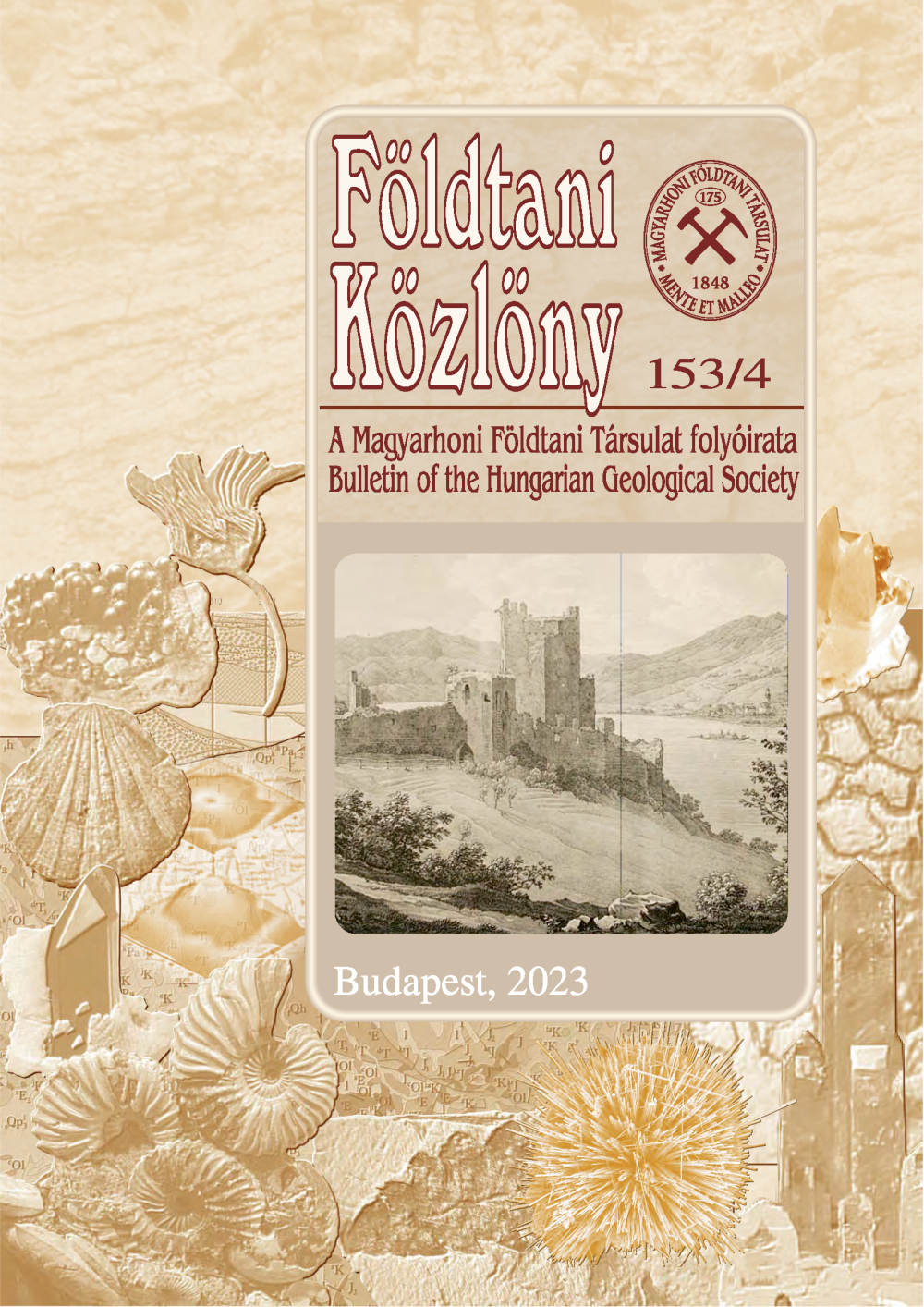Olivine orientation study on upper mantle xenoliths from Bárna–Nagykő, Nógrád–Gömör Volcanic Field (Northern Pannonian Basin, Hungary)
Abstract
A common way to gain information about the petrographic and geochemical features of the upper mantle is to study mantle xenoliths which are usually hosted in alkali basalts, such as kimberlites or lamprophyres. However, xenoliths can
also bear the imprints of different physicochemical conditions of the represented mantle region. These can be interpreted by measuring the crystal preferred orientation (CPO) of the anisotropic rock-forming minerals: namely, olivine and
pyroxenes. The first CPO measurements on xenoliths from the Carpathian–Pannonian region have been carried out over the past few years; up until now they have been practically missing from the Nógrád–Gömör Volcanic Field.
For the present study, following a set of detailed macroscopic and microscopic studies, 6 spinel lherzolite xenoliths were selected in order to determine the CPO in olivine grains. The samples were collected in the southernmost quarry of the Nógrád–Gömör Volcanic Field (Bárna–Nagykő) where textural and geochemical features appear in the widest variety. EBSD (electron backscattered diffraction) analyses of olivine were carried out and as a result it was possible to observe a correlation between texture types and crystal preferred orientations. Three of the chosen samples — which have porphyroclastic textures — showed so-called type-A CPO, whereas the other three xenoliths, with equigranular textures, exhibited a different kind of orientation. The latter can be interpreted as type-E, although type-D seems more probable. The different CPO types could be the result of differences in the amount of stress and water content of the mantle portion represented by the xenoliths. Based on this assertion, the study indicates that the xenoliths originate from different domains of the lithospheric mantle.











